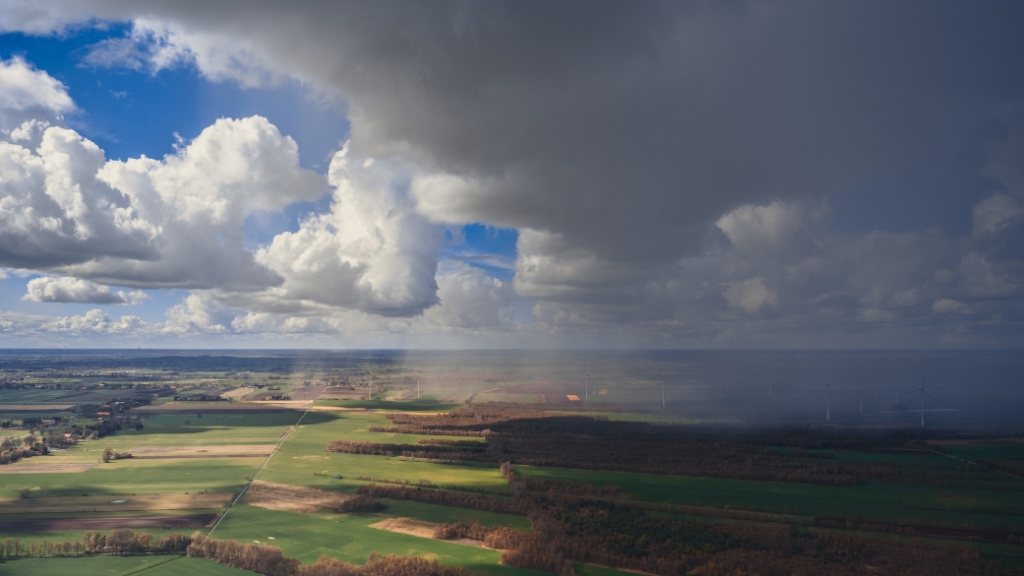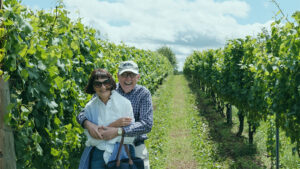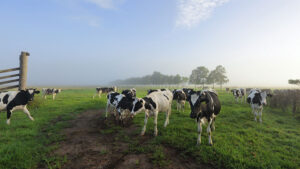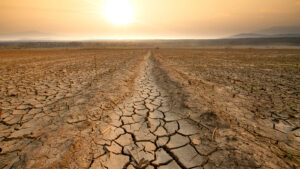The trials of farming in unpredictable times
In Spring 2023, Australia’s long-range weather forecasters predicted the return of El Niño weather patterns for the Summer ahead. This hot and dry weather prompted fears of bushfires, water shortages and stress on farm crops.
The forecasters got it wrong.
Whilst hotter than average, the summer weather along Australia’s east coast has been wet.
Hot and wet conditions bring a different set of problems than hot and dry seasons, or cold and dry ones.
Heavy rain can flatten crops. The humidity that follows causes seeds to germinate too early. Early germination reduces the weight of grains, and therefore the crop yield and profitability. Early germination can also reduce the nutritional value of a crop, and that often means that prices will fall.
This unexpected hot and wet combination means that some farmers will lose their entire crops. Others will receive less for theirs.
So, what’s a farmer to do when the forecasters get it wrong? In most cases, nothing.
Farmers tend not to put too much credence on forecasts – especially long-term ones.
Farmers have learnt from experience that nothing is predictable, and no two weather patterns are identical.
A region might receive 400 ml of rain in each of the two growing seasons. In one season, the rain falls in three major storms. It flattens young plants, wiping out the season’s crop. In the other season, the region experienced almost constant drizzle. The soil was able to absorb the rain, the plants weren’t damaged and the moisture encouraged an above-average yield.
Long-range weather forecasting isn’t a skill of certainty. It is one of probability.
In 2007, Nassim Nicholas Taleb published The Black Swan: The Impact of the Highly Improbable. The book focuses on businesses’ tendency to overlook unexpected events when forecasting. It examines the impact of the unexpected on history, on economies and on our daily lives.
Whilst these unexpected extreme events rarely make their way into business plans, they’re very much on the minds of farmers.
Farmers have learnt to expect the unexpected. If not this season, the next. Or the one after. It might be an extreme event that has happened before (a plague of locusts), or something new (fire ants).
Farming will never be fully predictable. Farmers, however, are masters at adapting to unpredictable challenges.
Ultimately, farmers care less about what’s been forecast and care more about what’s actually happening. They adapt as they need to. They move herds. They change farm management practices. They change crops, even if for a season. They diversify. They switch from Merinos for wool to Dorpers for meat. They grow different varieties, more heat tolerant, or more water tolerant.
One of the benefits of IIF is that it allows members to offset the unpredictability of farming with diversification. Members can diversify the farm in their pocket across farmers, systems and geographical regions. This means if there are challenges in one, others will likely offset.
If you’re not an IIF member, you can learn more here. Meet some of our farmers. Learn how they work their land. Invest in the produce they grow.




